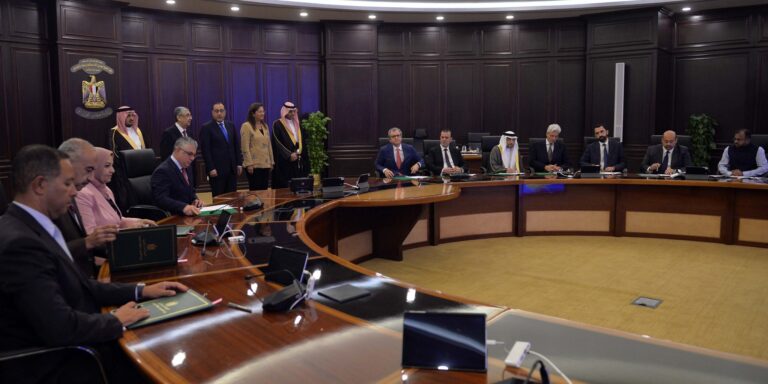Seven more projects for the Suez Canal Zone
By Julian Atchison on September 15, 2022

The number of renewable hydrogen-based projects planned for the Suez Canal Economic Zone continues to grow. In early August we reported on the eighth renewable fuel project announcement this year, and, with this week’s news, that total has now grown to fifteen.
alfanar, Globaleq, Mediterranean Energy Partners & Actis
Four of the seven projects are targeting production of renewable ammonia:
- Saudi-based alfanar will develop a 500,000 tonne-per-year production plant.
- African energy developer Globeleq is initially targeting the fertiliser market with a 100 MW electrolyser plant, scaling up to 3.6 GW of electrolysis capacity, 9 GW of wind & solar generation and 2 million tonnes per year ammonia production output.
- Mediterranean Energy Partners (MEP) will develop a 120,000 tonne-per-year plant, targeting commercial operations by the end of 2025. The facility will use desalinated seawater for electrolysis and renewable energy from the Egyptian national grid.
- And renewable energy developer Actis will develop a 200,000 tonne-per-year plant.
ACME Group also signed an MoU targeting production of 2.2 million tonnes of renewable hydrogen every year, but at this stage it is unclear whether ammonia will be involved. As it has been to date with all SCZONE project announcements, the Sovereign Fund of Egypt (TSFE), the Egyptian Electricity Transmission Company (EETC) and the New and Renewable Energy Authority (NREA) have all been listed as partners in the agreements.
Connecting the SCZONE to Egyptian renewable energy
The role of the EETC and NREA in these projects is now becoming clearer. While nearby, new-build renewable energy generation is part of some of the projects, NREA has been active in designating locations around the country for new wind and solar projects. The EETC will facilitate connection of the projects to the Egyptian national grid, allowing Egyptian renewable electricity to reach these fuel plants in the SCZONE (which itself boasts a surplus of high-voltage, industrial-scale grid connection points). The use of renewable electricity via the national grid to produce hydrogen & ammonia is central to India’s new green hydrogen policy.